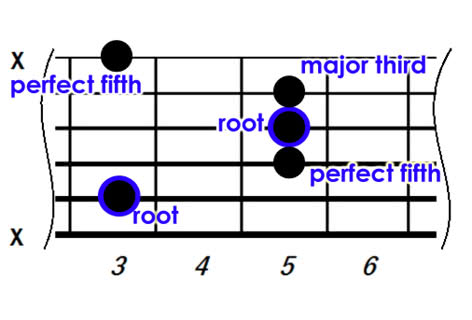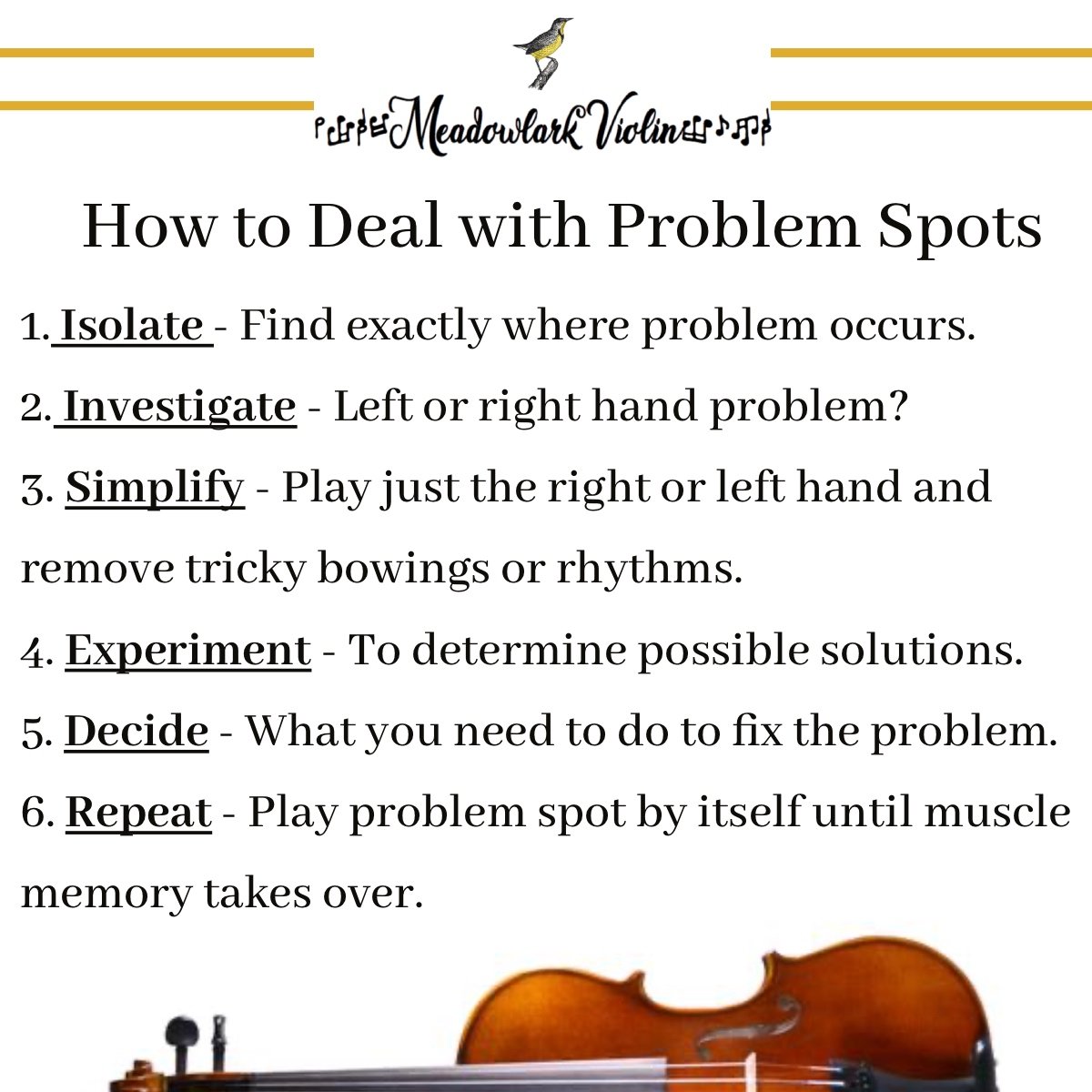Have you ever looked at a guitar and thought, “Wow, this thing has so many buttons!” Well, fear not my fellow fretboard flounderer, for today we will embark on a journey to demystify the transition from clunky chords to scintillating scales. So grab your pick, dust off your air guitar, and let’s dive into the magical world of mastering guitar!
Contents
- 1 Understanding the Relationship Between Chords and Scales
- 2 Exploring the Basics of Guitar Scales
- 3 Techniques for Smoothly Transitioning from Chords to Scales
- 4 Building Speed and Dexterity Through Scale Practice
- 5 Incorporating Scales into Your Daily Guitar Routine
- 6 Navigating through Major and Minor Scales on Guitar
- 7 Expanding Your Musical Vocabulary with Advanced Scales
- 8 FAQs
- 9 Rock on!
Understanding the Relationship Between Chords and Scales
So you might be wondering, what’s the deal with chords and scales? Are they like that dysfunctional couple that can’t stand each other but are somehow still together? Well, not quite.
Chords and scales are actually more like peanut butter and jelly – they just go together perfectly. Think of chords as the delicious peanut butter providing the foundation, while scales are the sweet jelly adding flavor and complexity.
When you’re playing a chord progression, you’re essentially moving between different flavors of peanut butter, creating a tasty musical sandwich. And when you add in scales, you’re sprinkling in some extra herbs and spices to take it to the next level.
Just like how you wouldn’t eat a plain peanut butter sandwich (unless you’re a monster), you wouldn’t play a song without both chords and scales working in harmony. So next time you’re jamming out, remember that chords and scales are the dynamic duo that make music deliciously delightful.

Exploring the Basics of Guitar Scales
So you’ve picked up a guitar and you’re ready to rock out like a pro, huh? Well, before you start shredding like a maniac, let’s talk about the basics of guitar scales. These scales are like the building blocks of music, so pay attention!
First things first, let’s talk about the major scale. This is like the happy, sunshine and rainbows of scales. It’s bright, cheerful, and oh-so-melodic. Think “Do, Re, Mi” from The Sound of Music. That’s the major scale, baby.
Next up, we have the minor scale. This is the brooding, mysterious cousin of the major scale. It’s got a bit of a dark side, but man, can it sound soulful. Think emo music from the early 2000s. Yep, that’s the minor scale for you.
And let’s not forget about the pentatonic scale. This bad boy only has five notes, but boy, can you make magic with it. It’s like the fast food of scales – quick, easy, and oh-so-satisfying. Plus, it’s the go-to scale for all those epic guitar solos we love so much. So, grab your guitar and let’s start exploring these scales like a rockstar!

Techniques for Smoothly Transitioning from Chords to Scales
So, you finally learned your chords and scales and now you’re ready to put them together seamlessly – like peanut butter and jelly, but less sticky. Here are a few techniques to help you smoothly transition from chords to scales:
- Finger gymnastics: Before playing your scales, warm up those fingers with some chord exercises. This will not only help improve your finger dexterity but also make the transition between chords and scales feel like a breeze.
- Find common notes: Look for the common notes between the chord and the scale you’re transitioning to. By emphasizing these shared notes, you can create a smoother connection between the two, like adding a bridge between two musical islands.
- Practice, practice, practice: Like everything in life, practice makes perfect. Spend some quality time practicing transitioning between chords and scales. The more you do it, the more natural it will become - kind of like riding a bike, but with less chance of falling.
Remember, the key to mastering the art of transitioning from chords to scales is patience and persistence. So grab your guitar, get those fingers moving, and soon enough, you’ll be effortlessly gliding from chords to scales like a musical ninja.

Building Speed and Dexterity Through Scale Practice
Mastering scales is crucial for any musician looking to improve their speed and dexterity. It’s like being a ninja on the guitar – quick, agile, and ready to strike at any moment. Whether you’re shredding on an electric guitar or gracefully plucking away on an acoustic, scale practice is the key to unlocking your full potential.
As you dive into your scale practice routine, remember to start slow and gradually increase your speed. Just like warming up before a workout, you want to make sure your fingers are limber and ready to tackle those intricate runs and intervals. Plus, speeding through scales at lightning speed is a surefire way to impress your friends and intimidate your enemies (or maybe just annoy your roommates).
Don’t be afraid to mix it up and try different scale variations. Experiment with different patterns and fingerings to keep things interesting. Who knows, you might stumble upon a new, mind-blowing riff that will leave your audience in awe. And remember, practice makes perfect – so don’t give up when your fingers start to cramp or when you hit a wrong note. Keep pushing yourself and you’ll be a scale wizard in no time!
So grab your guitar, banjo, or whatever stringed instrument you prefer and get ready to embark on a thrilling journey of speed and dexterity. Before you know it, you’ll be blazing through scales with the finesse of a rockstar and the precision of a concert pianist. Who knows, maybe you’ll even become the next guitar hero of your generation. The possibilities are endless – so get practicing!

Incorporating Scales into Your Daily Guitar Routine
So you want to become a guitar virtuoso, eh? Well, strap in because today we’re talking all about how to incorporate scales into your daily guitar routine. Trust me, it’s not as boring as it sounds!
First things first – don’t be intimidated by scales. They’re just a bunch of fancy sounding notes put together in a specific order. Think of them as your secret weapon to sounding like a rock god. Plus, once you get the hang of them, you’ll be shredding like there’s no tomorrow.
Start by picking a few scales that you want to focus on. Major, minor, pentatonic – the options are endless! Practice them slowly at first, making sure to hit each note cleanly and accurately. Once you’ve got the hang of it, you can start to speed things up and really let loose.
And remember, practice makes perfect! Don’t get discouraged if you don’t nail it right away. Keep at it, and soon enough you’ll be incorporating scales into your daily routine like a pro. Who knows, you might even impress your friends with your newfound guitar skills!
So you’ve decided to tackle the wondrous world of major and minor scales on your guitar. Congratulations, brave soul! Now, grab your trusty instrument and let’s dive in.
First things first, major scales are like the heroes of the musical universe – bright, cheery, and full of joy. On the other hand, minor scales are the brooding anti-heroes with a touch of mystery and drama. It’s like a musical version of Batman vs. Superman, minus the fancy capes.
When navigating through major scales, think happy thoughts and imagine frolicking through a field of sunflowers. Hit those notes with confidence and watch as the musical magic unfolds. Now, for the minor scales, channel your inner emo vibes and embrace the melancholy. It’s like a musical therapy session for your soul.
Remember, practicing major and minor scales on guitar is like doing your scales in an actual fish tank – you may feel a bit out of your element at first, but with dedication and perseverance, you’ll soon be swimming like a musical shark. So keep strumming, keep practicing, and soon you’ll be the guitar hero you were always meant to be.
Expanding Your Musical Vocabulary with Advanced Scales
So you’ve mastered the basic major and minor scales, and you’re ready to take your musical skills to the next level! Enter the realm of advanced scales, where the possibilities are endless and the sound is oh-so-sophisticated.
Here are a few advanced scales to add to your repertoire:
- Melodic Minor: This scale adds a touch of jazziness to your playing, with its unique combination of intervals that will make your listeners sit up and take notice.
- Harmonic Minor: Want to add a bit of mystery and intrigue to your compositions? Look no further than the harmonic minor scale, with its hauntingly beautiful tones that will give your music that extra edge.
- Diminished Scale: Feeling a bit adventurous? Try your hand at the diminished scale, with its dissonant yet captivating sound that will make your audience wonder what on earth you’re playing (in a good way, of course).
Experiment with these scales, mix and match them, and see where your musical imagination takes you. Who knows, you might just stumble upon the next big musical breakthrough!
FAQs
How do I make the transition from playing chords to playing scales on the guitar?
Well, my aspiring shredder, think of it like upgrading from a tricycle to a Harley Davidson. Start by familiarizing yourself with some basic scales like the pentatonic scale. Practice moving your fingers up and down the fretboard until you can do it in your sleep.
Do I need to know music theory to master scales on the guitar?
Nah, music theory is like the vegetables of guitar playing – good for you but not always necessary. Just learn the patterns and positions of scales by heart, and you’ll be melting faces in no time.
How can I improve my speed and accuracy when playing scales?
Speed demons, rejoice! To increase your velocity and precision, start slow and gradually build up your speed. Make sure you’re using the proper fingering techniques and practice with a metronome to keep those fingers in line.
Are there any tricks or techniques to help me master scales on the guitar?
Absolutely! One nifty trick is to use hammer-ons and pull-offs to create a smooth, legato effect when playing scales. Also, try incorporating string bending and vibrato to add some spice to your licks.
How can I incorporate scales into my everyday guitar playing?
Don’t just relegate scales to your daily warm-up routine – that’s like eating dessert first! Try improvising solos using scales over backing tracks or jamming with friends. The more you play, the more natural scales will become in your playing.
Rock on!
Congratulations on making the leap from chords to scales on your guitar journey! As you continue to practice and perfect your skills, remember to have fun and let your inner rockstar shine. Keep shredding those strings and exploring new techniques. Who knows, maybe one day you’ll be headlining your own sold-out concert! So keep practicing, keep pushing yourself, and keep rocking out!



